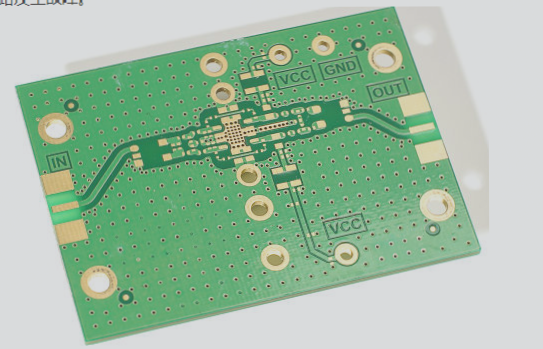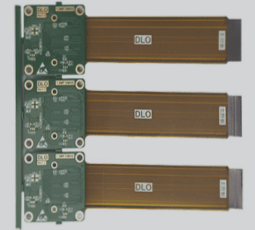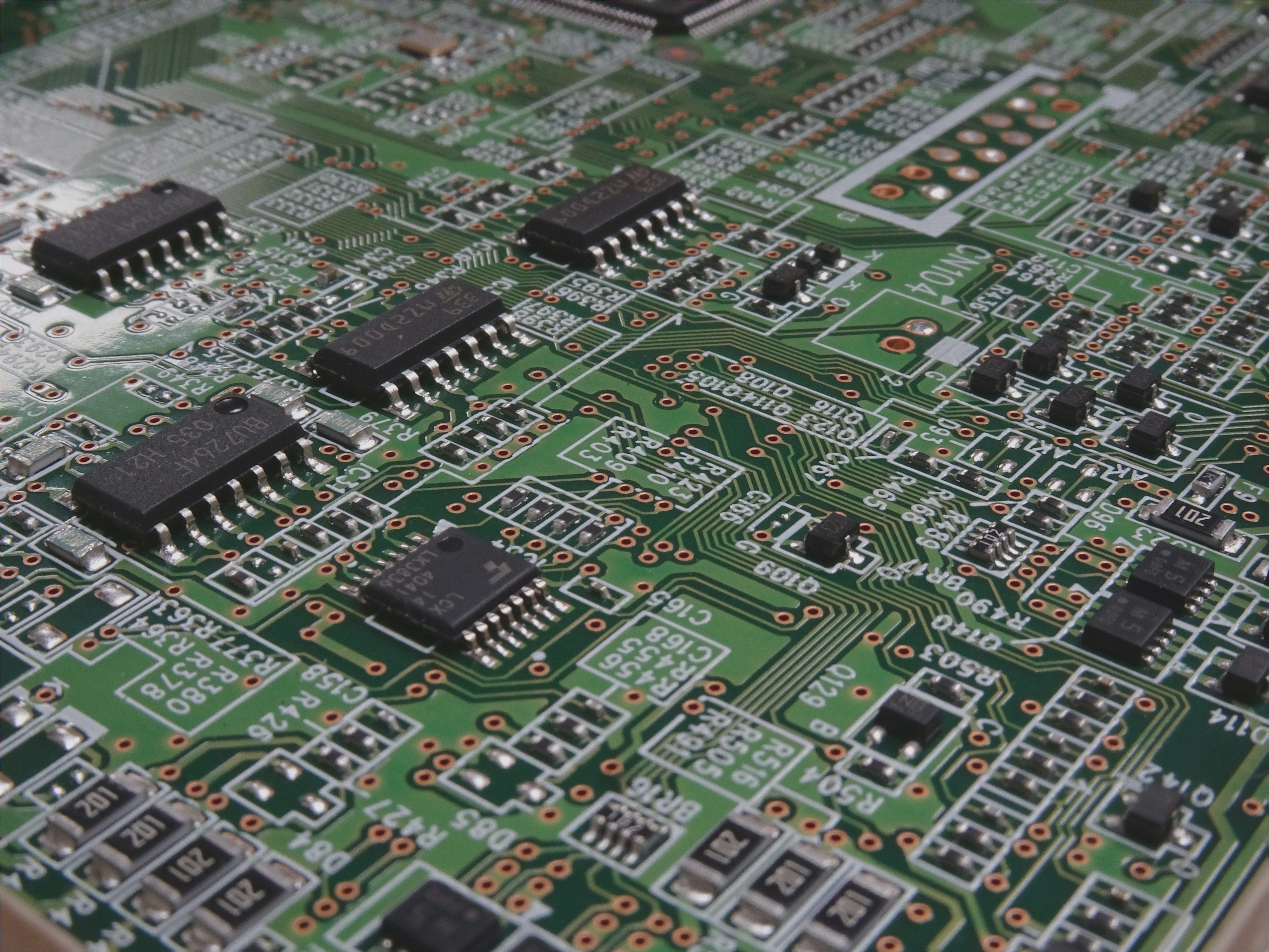Challenges in Flexible Printed Circuit Board (FPCB) Assembly
Introduction
Flexible Printed Circuit Boards (FPCBs) are gaining popularity in industries like consumer electronics, medical devices, and automotive applications due to their lightweight and space-saving designs. However, the assembly of FPCBs comes with unique challenges that manufacturers must address for high-quality products.
Material Challenges
- Thermal Sensitivity: FPCBs, typically made from polyimide, are sensitive to temperature changes. Precise thermal management during soldering is crucial to prevent substrate deformation and circuit failures.
Mechanical Flexibility
- Special Handling Requirements: The flexibility of FPCBs poses challenges during assembly, leading to micro-cracks or physical damage. Specialized fixtures are used to stabilize the board and prevent mechanical stress.
Component Placement and Alignment
- Advanced Equipment and Techniques: The flexibility of FPCBs makes precise component placement challenging. Automated assembly systems and careful design considerations help ensure proper alignment and connection.
Soldering and Connection Issues
- Controlled Soldering Process: Soldering FPCBs requires attention to detail due to different thermal properties. Inadequate soldering can result in weak connections or circuit failure over time.
Quality Control and Inspection
- Advanced Inspection Tools: Visual inspection of FPCBs can be difficult due to their thin and delicate nature. Automated optical and X-ray inspection systems aid in detecting flaws early in the production process.
Conclusion
Addressing the challenges in FPCB assembly, such as material sensitivity, mechanical stress, and component alignment, is crucial for producing reliable products. Utilizing advanced technologies and processes ensures high-quality FPCBs that meet the demands of modern electronics.
Additional Information
Recent advancements in FPCB assembly include the integration of artificial intelligence (AI) for automated defect detection and the development of flexible substrates with enhanced durability and heat resistance.

Challenges in Flexible Printed Circuit Board (FPCB) Assembly
The assembly of Flexible Printed Circuit Boards (FPCBs) poses unique challenges compared to traditional PCBs. From soldering techniques to quality control, several factors contribute to the complexity of the assembly process.
1. Soldering Techniques
FPCBs often require low-temperature soldering processes and alternative joining methods like conductive adhesives, adding complexity to assembly.
2. Specialized Equipment
Equipment tailored for flexible circuits is essential, increasing capital costs as standard machinery may not be suitable.
3. Calibration and Maintenance
Regular calibration and maintenance of specialized machines are crucial for optimal performance, driving up operational costs.
4. Quality Control and Inspection
Visual inspection of FPCBs is challenging due to their flexible nature, requiring advanced technologies like AOI and X-ray systems for quality control.
5. Testing for Reliability
Reliability tests for FPCBs, including thermal cycling and mechanical stress tests, are essential to ensure long-term performance.
6. Conclusion
The assembly of FPCBs demands precision, specialized equipment, and rigorous quality control measures to guarantee reliability. Manufacturers must invest in advanced technologies to overcome these challenges effectively.

Challenges in FPCB Design and Assembly
1. Complexity of FPCB Design
FPCB designs are intricate, presenting challenges during the assembly process.
2. Multi-Layer Structures
Multi-layer FPCBs require precise alignment and careful handling, complicating manufacturing.
3. Design Software
Design software for FPCBs must manage complex geometries, requiring additional training for engineers.
4. Increased Production Costs
FPCB assembly challenges lead to higher production costs, a concern for manufacturers.
5. Higher Material Costs
Flexible materials in FPCBs are more expensive than traditional substrates, increasing assembly costs.
6. Increased Labor Costs
Specialized handling and quality control in FPCB assembly raise labor costs, necessitating skilled workers.
7. Strategies to Mitigate Challenges
- Invest in Specialized Training
- Implement Advanced Inspection Technologies
- Optimize Design for Assembly (DFA)
- Collaborate with Material Suppliers
8. Conclusion
Challenges and Strategies in Flexible Printed Circuit Board (FPCB) Assembly
- The complexity of FPCB design and assembly poses significant challenges that require careful planning and strategic execution.
- Manufacturers must have a deep understanding of the specific requirements of FPCB assembly, encompassing materials, processes, and precision.
- Effective strategies like design optimization, advanced soldering methods, and improved component placement can greatly enhance assembly efficiency.
- Reliability of FPCBs demands meticulous attention to factors such as mechanical stress, thermal management, and issues related to flexing and bending.
- With the increasing demand for flexible circuit technologies, manufacturers addressing these challenges will stay competitive in the dynamic electronics market.
- Success in FPCB assembly relies on technical expertise, innovation, and meticulous planning. Continuous adaptation and best practices drive quality, efficiency, and growth in the flexible electronics industry.





